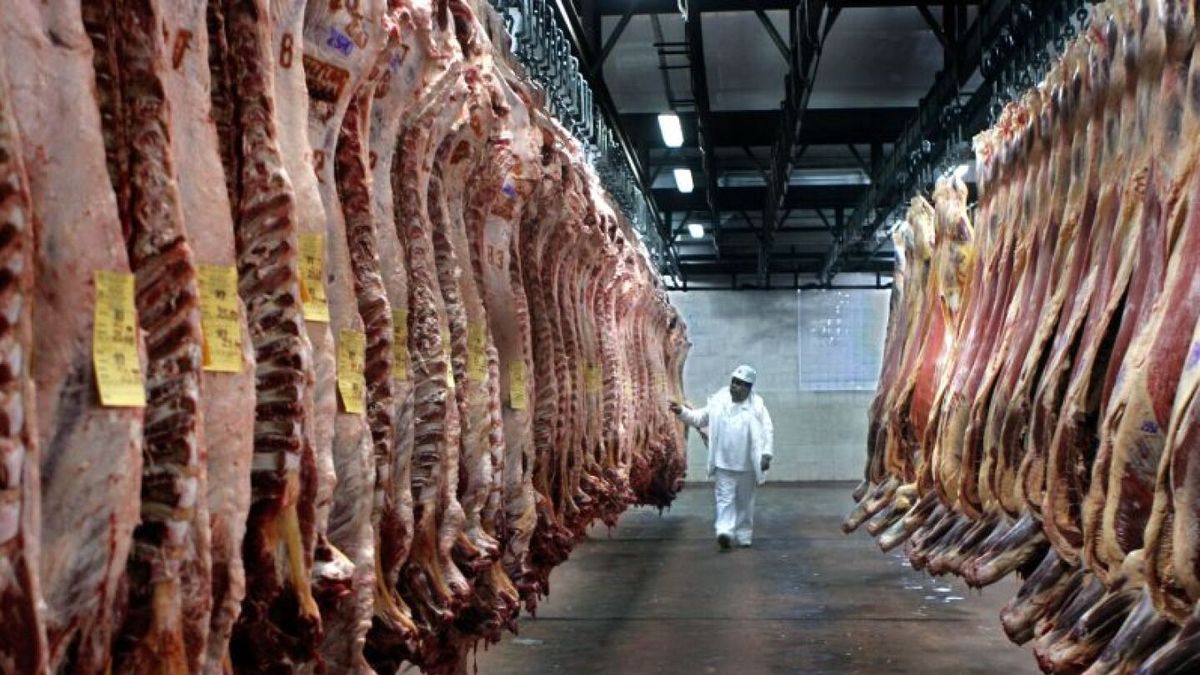He National Meat Institute (INAC) published its report for the last week of October where it is established that the task reached historical levels regarding this year and last year since the month of May; The increase is due to an increase in the supply of steers free-range and the sustained entry of wombs.
The weekly report of the INAC indicated that the refrigeration activity obtained a task of 54,497 cattle. Of that total, 45% were steers and another 54% females. Within the category of steers, A greater participation of animals with 8 teeth was observed, representing 29% of the total, while precocial steers – those that have baby teeth – decreased their presence to 18%.
Meanwhile, the task total steers was 24,428 head, an increase of 16.5% compared to the previous week, surpassing cows after six consecutive weeks. However, the level is below those observed in August, May and February, moments where sales of quota 481 were taken advantage of.
Cow slaughter was crucial to increase the refrigeration activity of this month that obtained a year-on-year increase of 30% and where 100,000 heads were exceeded. Meanwhile, the total slaughter corresponded to 200,000 head and represented an increase of 12% compared to the same month last year. With this, October becomes the third month of the year in a row which exceeds those of last year, placing it behind August with 24.5% and July with 13.5%.
Regarding the annual accumulated, the task still represents a 9% drop compared to last year with a total of 1,833,707 cattle compared to 2,015,189 in the same period of 2022. This is mainly due to the fact that there was less entry of cows and early steers, which had a reduction of 11% and 19%, respectively.
What happens to the sheep?
According to the report of INAC, the sheep category remained stable compared to the same month last year. In total, 32,128 head were slaughtered, a figure similar to that of October 2022 and 10% lower than last week. Of the amount of the slaughtered heads69.5% were lambs, 16.4% sheep, 9.8% capons and 4.3% sheep.
In that sense, October was characterized by a 70% increase in the category of sheep compared to the same week last year and represented an increase of 30% compared to the previous week. This is because there was a greater supply of bellies that came from the spring auctions, as well as the need for producers to adjust their farms due to the effects of the drought.
As for the accumulated annual figure, from January 1 to the end of August, a total of 1,087,696 head of cattle were slaughtered. sheep, representing an increase of 16.4% compared to the same period of the previous year. Of the total number of slaughtered heads, 25% correspond to sheep, another 11% to lambs, 7% to capons and the remaining 2% of sheep.
Source: Ambito




